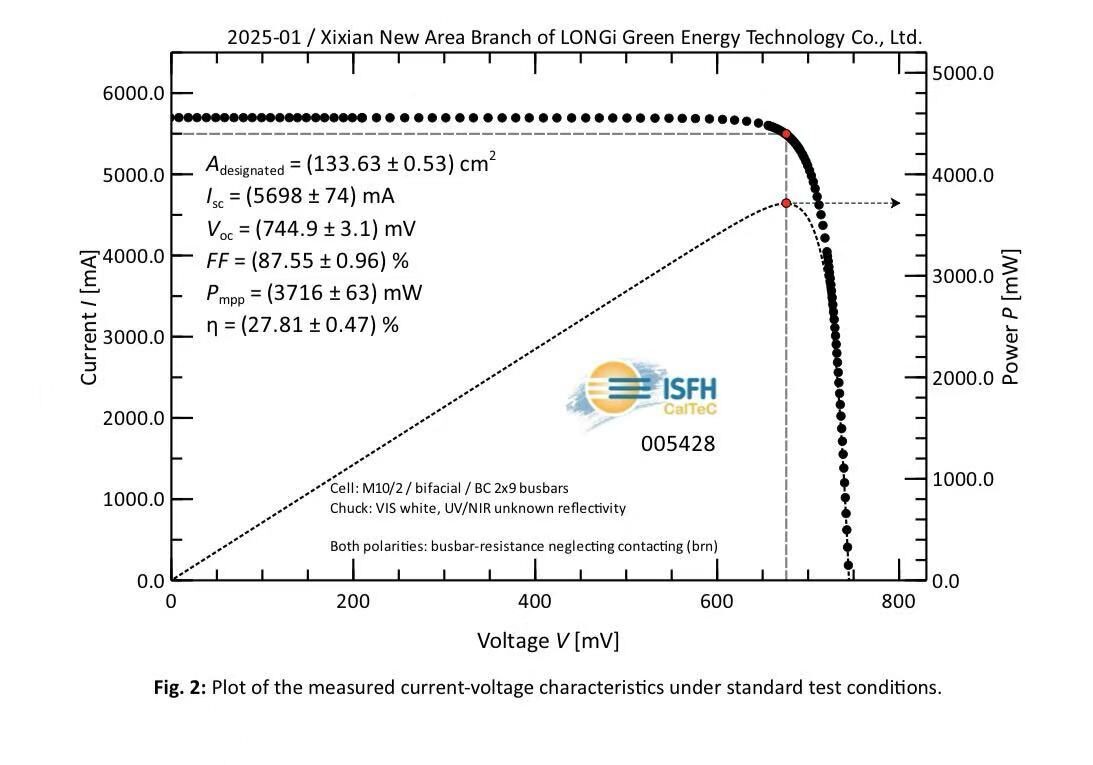Researchers at South Korea’s Institute of Materials Science, QCells, and Korea Aerospace University have fabricated flexible, transparent solar cells based on hydrogenated amorphous silicon (a-Si:H). They developed methods to optimize the cells for building-integrated photovoltaics (BIPV) and bifacial applications.
The academics built a 20 micrometer cell for BIPV systems with a substrate of glass and colorless polyimide (CPI), an electron transport layer made of aluminum-doped ZnO (AZO), and a hydrogenated amorphous silicon (a-Si:H) absorber. They initially enhanced front-incidence photocurrent by using a laser lift-off (LLO) method that purportedly transfers light-scattering structures onto the CPI while avoiding thermal damage.
“The CPI film was separated from the glass substrate using the LLO method, according to which the sacrificial a-Si:H layer was removed by the laser through vaporization,” the scientists explained. “Thus, laser power had to be optimized to minimize optical losses.”
With LLO power optimized to 196.5 milliwatt, the cell showed an average visible transmittance (AVT) of 88.3% for the CPI substrate, in comparison with 89.5% for the glass substrate.
“The degree of light-scattering in T-CPI films could be controlled by varying the AZO etching time,” the researchers said. The short-circuit current density of the optimized cell improved from 9.11 mA/cm2 to 9.81 mA/cm2, whereas its efficiency for front incidence improved from 4.87% to 5.34%. Its efficiency for rear incidence was originally as low as 3.63%.
The team optimized the rear-incidence photocurrent by introducing a dual n-type rear window layer. It “decreased optical reflection losses and facilitated electron transport at the interface, reducing carrier recombination losses for read irradiance,” they said. The cell optimized for bifacial operation showed an AVT of 36.9% and its rear-to-front efficiency ratio increased to around 86%.
The scientists shared their findings in “Flexible and transparent thin-film light-scattering photovoltaics about fabrication and optimization for bifacial operation,” which was recently published in npj Flexible Electronics.
This content is protected by copyright and may not be reused. If you want to cooperate with us and would like to reuse some of our content, please contact: editors@pv-magazine.com.



By submitting this form you agree to pv magazine using your data for the purposes of publishing your comment.
Your personal data will only be disclosed or otherwise transmitted to third parties for the purposes of spam filtering or if this is necessary for technical maintenance of the website. Any other transfer to third parties will not take place unless this is justified on the basis of applicable data protection regulations or if pv magazine is legally obliged to do so.
You may revoke this consent at any time with effect for the future, in which case your personal data will be deleted immediately. Otherwise, your data will be deleted if pv magazine has processed your request or the purpose of data storage is fulfilled.
Further information on data privacy can be found in our Data Protection Policy.